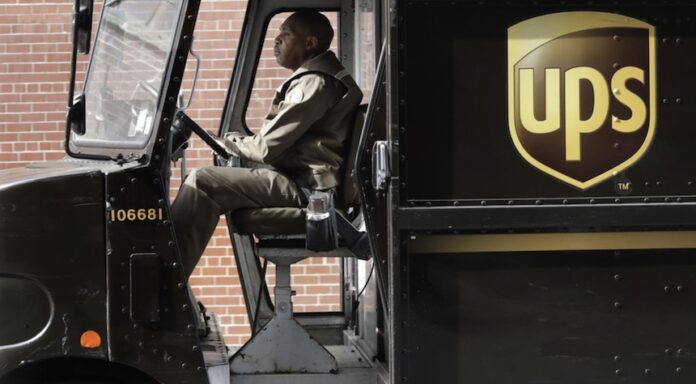UPS was under constant threat of a Teamsters’ strike for much of the summer. UPS and the Teamsters Union avoided a strike with only a few days left.
The potential damage the UPS strike could cause was something I discussed at the time. According to the company, its contingency plans for a strike would have only allowed it to manage 22% of daily business.
UPS avoided losing a lot of business by avoiding the strike, but even the threat of a walkout cost the company significant volumes of revenue. UPS’s second-quarter earnings show that the company lost almost 10% of its business.

Freighwaves reported that “the average daily volume of UPS’ domestic segment – its largest – dropped by 9.9% in the 2nd quarter compared with the period in 2022.” “There were more parcels diverted in July than expected by the company, but the losses were not as severe as they had been in June.”
It was estimated that the carrier lost out on 200,000 packages and about one million packages to competitors. UPS estimated that FedEx and the U.S. Postal Service took equal shares of the lost business. Postal Service and regional shipping competitors.
Freightwaves reported that revenue also dropped, as “second-quarter revenues for the company’s largest domestic segment fell to $14.3 billion from $15.4 billion while adjusted operating profits dropped to $1.85 from $1.68 billion.” The average daily volume dropped 6.9% over the past year.
The second quarter was also a loss-making period.

UPS stated in a recent press release that the consolidated operating profit for the quarter was $2.8 billion. This is down 21.4% from 2022’s second quarter and 18.4% adjusted. “Diluted earning per share was $2.42; adjusted diluted earning per share of 2.54 was 22.8% lower than the same period in 2020.”
UPS believes it will be able to rebound from its difficult quarter. UPS reduced its business costs by almost $900 million over the quarter and predicts that volume and revenue will return to normal in the coming months.
Freightwaves reported that UPS expects to return the average daily volume by December 2022 level levels. For the second half of 2023, UPS expects that average daily volumes will be down by single-digit percentages.

Carol B. Tome, CEO of the company, expressed a similar level of confidence when she told analysts on Tuesday that it was her expectation that volume would return to levels prior to the strike threat. She’s also working hard to attract new clients and hopes to increase sales by $7 billion by the end of the year. She spoke of a “control tower” operation in order to attract new clients.
Tome stated in the press release of the corporation that “UPS is more powerful than ever.” “We will continue to pursue our strategy of capturing growth in the most attractive areas of the market, and making our global integrated network more efficient.”
This is a very bold and confident level of certainty from a company that barely escaped a crippling strike. UPS is close to me, and I know people who work there. I hope it can bounce back. Let’s hope it can recover from a difficult quarter.




